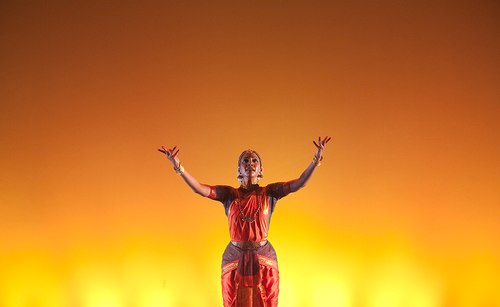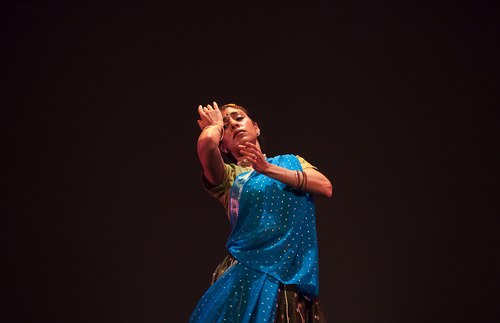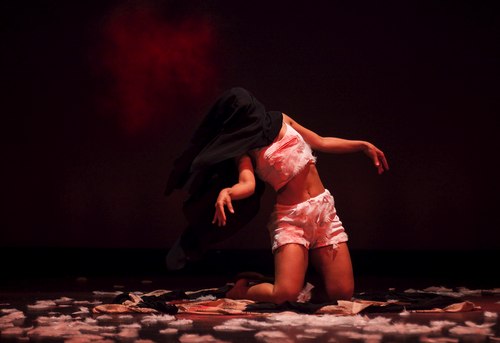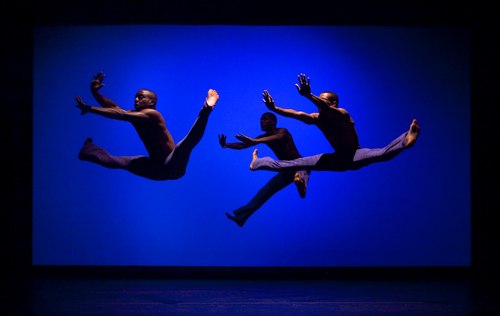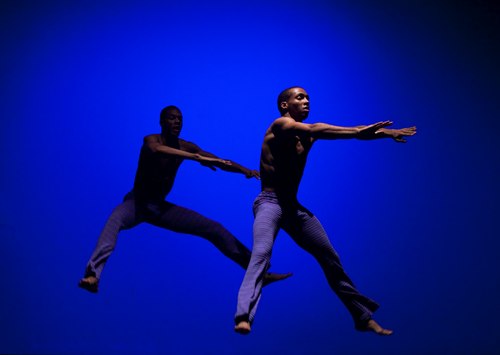
| Festival |
| Festival Schedule |
| Tickets |
| Photos |
| Mission and Goals |
| Festival Video |
| Press Release |
| Call for Submissions |
| Reviews |
| Past Events |
| www.exploredance.com Indo American Arts Council and Asia Society Team Up June 6, 2010 by Marian Horosko |
New York, NY – The third year of Erasing Borders: Festival of India Dance and the Indo American Arts Council partnering with the Asia Society presented a banquet of Indian dance June 4-6 at the Asia Society & Museum on Park Avenue. |
Mythili Prakash Photo © & courtesy of Michael Toolan |
Mythili Prakash Photo © & courtesy of Michael Toolan |
Mythili Prakash Photo © & courtesy of Michael Toolan |
Mesma S. Belsare Photo © & courtesy of Michael Toolan |
Mesma S. Belsare Photo © & courtesy of Michael Toolan |
Parul Shah (Parul Shah Dance Company) Photo © & courtesy of Michael Toolan |
(L to R) Ammr Vandal, Parul Shah, Reena Shah (Parul Shah Dance Company) Photo © & courtesy of Michael Toolan |
Sheetal Gandhi Photo © & courtesy of Michael Toolan |
Sheetal Gandhi Photo © & courtesy of Michael Toolan |
Mesma S. Belsare, Deepti Navaratna Photo © & courtesy of Michael Toolan |
Mesma S. Belsare (standing) and Deepti Navaratna (sitting) Photo © & courtesy of Michael Toolan |
Levi Philip Marsman, Jarvis McKinley, Tyrone Walker (Ailey II) Photo © & courtesy of Michael Toolan |
Members of Ailey II Photo © & courtesy of Michael Toolan |
| Source: http://www.exploredance.com/article.htm?id=3013 |

